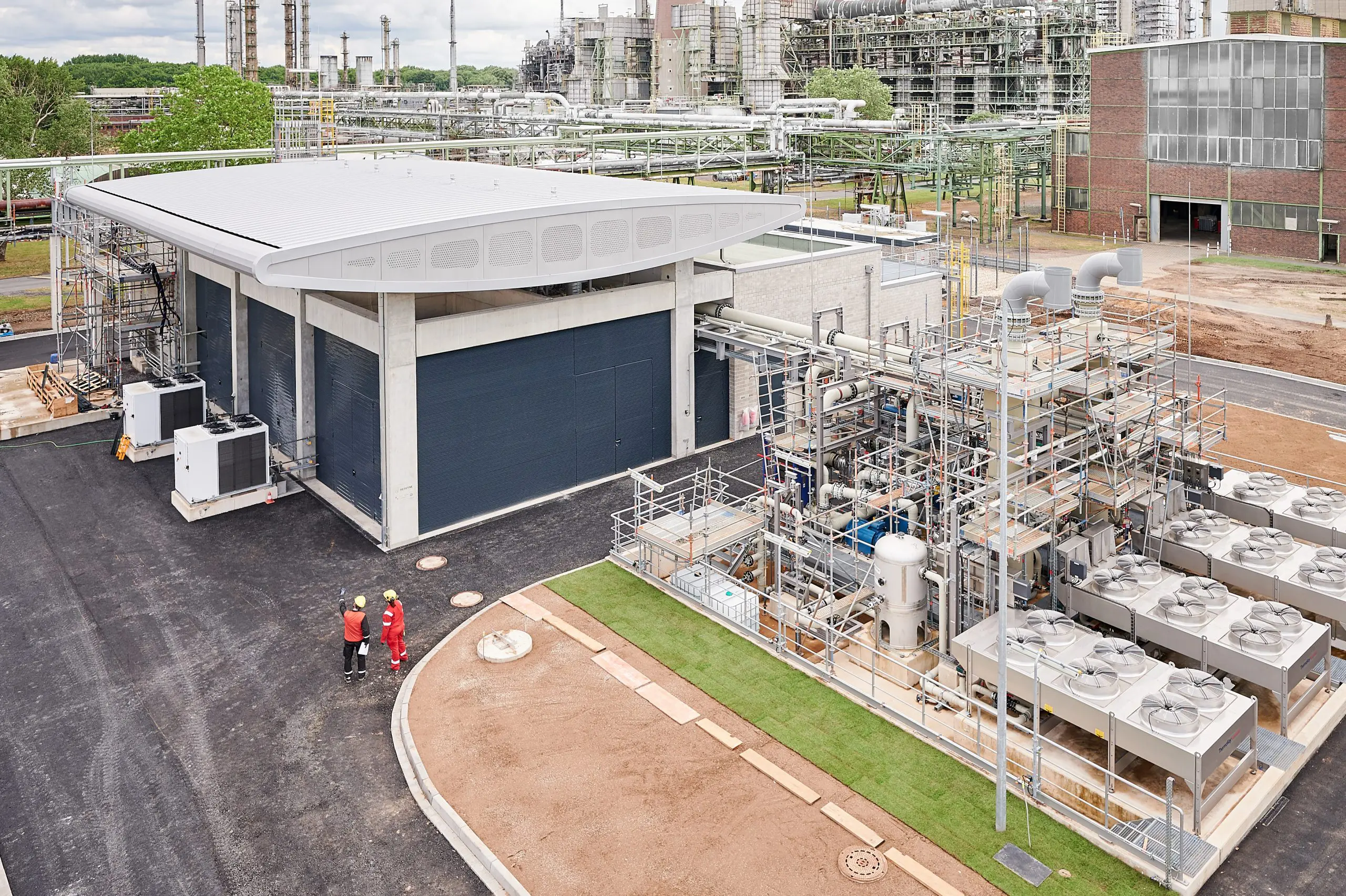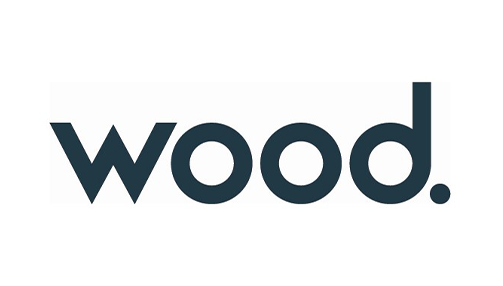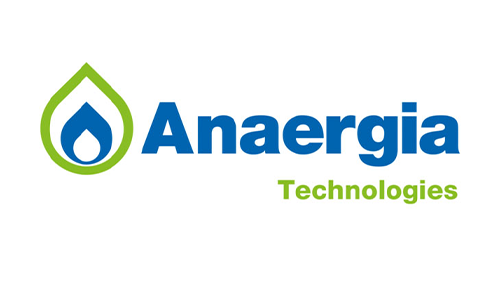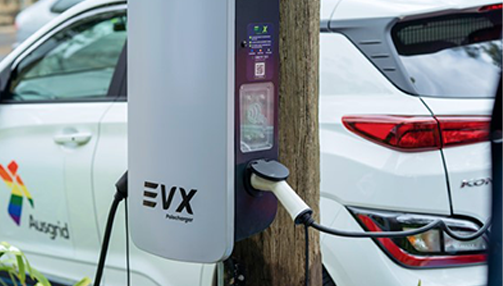
Europe’s Largest PEM Green Hydrogen Electrolyzer Begins Operation

Shell has begun operation of Europe’s largest proton exchange membrane (PEM) electrolyzer. Located at its Rheinland refinery in Wesseling, Germany, the Refhyne electrolyzer, supplied by ITM Power, has a capacity of 10 MW and marks the first industrial-scale application of a PEM electrolyzer.
The Refhyne project formally started in January 2018. In the initial two years, Shell and ITM Power worked on the new designs and the permitting of the plant which enabled construction to start mid-2019. The first-of-kind designs required for this project included not only new designs for an electrolyzer at this scale, but also a purpose-built building in an industrial environment. ITM Power designed an electrolyzer module capable of accepting up to 2 MW of electrical power. Each module is made up of three PEM electrolyzer stacks and can produce hydrogen up to 290 psi (20 bar). Five modules work in tandem to offer the 10-MW capacity.

The electrolyzer is fully integrated into the refinery setup, close to the grid connection. The chosen site also allows for later expansion. The 10-MW stack skid is the heart of the electrolyzer, where water is split into hydrogen and oxygen gases. Subsystems include power conversion, thermal management, and both water and hydrogen purification.
The Refhyne project will assess business models based on existing and future hydrogen applications within the ongoing energy transition. Refineries use a large volume of hydrogen for desulfurization and hydrocracking in the production of fuels. The Refhyne project will examine the economic, technical, and environmental impact of the deployment of a large-scale electrolyzer in a refinery environment. The electrolyzer will enable large-scale hydrogen production based on water and electric power. The electrolyzer will generate about 4 tons of hydrogen per day using electricity and water, 1% of the refinery hydrogen usage.
“This project demonstrates a new kind of energy future and a model of lower-carbon energy production that can be replicated worldwide,” said Huibert Vigeveno, Shell’s downstream director. “Shell wants to become a leading supplier of green hydrogen for industrial and transport customers in Germany. We will be involved in the whole process — from power generation, using offshore wind, to hydrogen production, and distribution across sectors. We want to be the partner of choice for our customers as we help them decarbonize.”
Plans are under way to expand capacity of the electrolyzer from 10 MW to 100 MW at the Rheinland site, where Shell also intends to produce sustainable aviation fuel using renewable power and biomass in the future. A plant for liquefied renewable natural gas is also in development.
“We are a hydrogen region. With the commissioning of the largest PEM electrolysis plant in Europe, we are further expanding our leading role in this field,” said Armin Laschet, North Rhine-Westphalia’s Minister-President. “We are therefore laying the foundation for a modern and green industry, with highly skilled jobs. Today, 30% of German demand for hydrogen already comes from North Rhine-Westphalia’s industry. Estimates predict that demand will double by 2030. This is why we need innovative solutions that will meet the demand for carbon dioxide-neutral hydrogen. Projects such as Refhyne demonstrate how innovation can benefit both the environment and the economy.”









